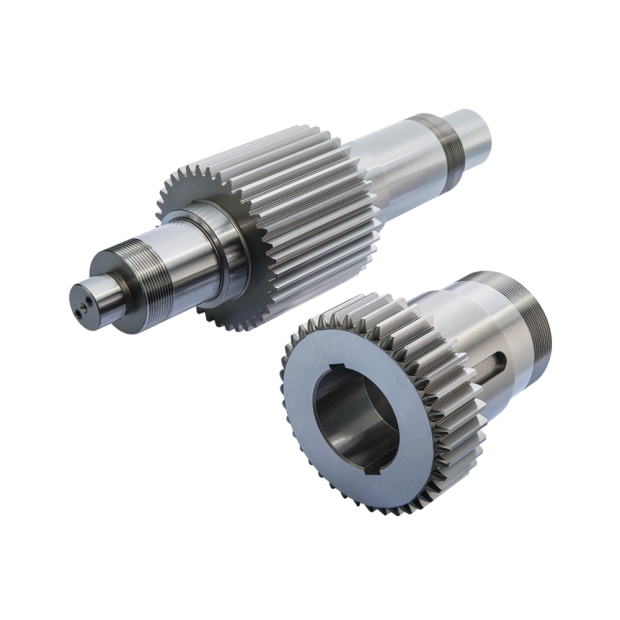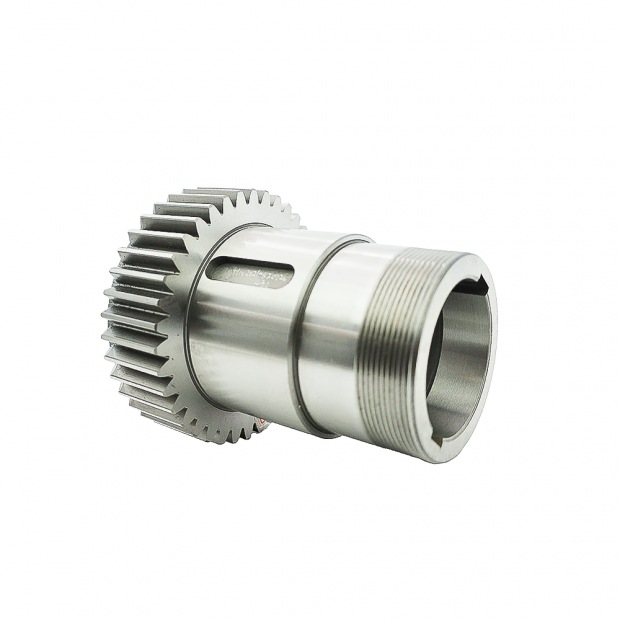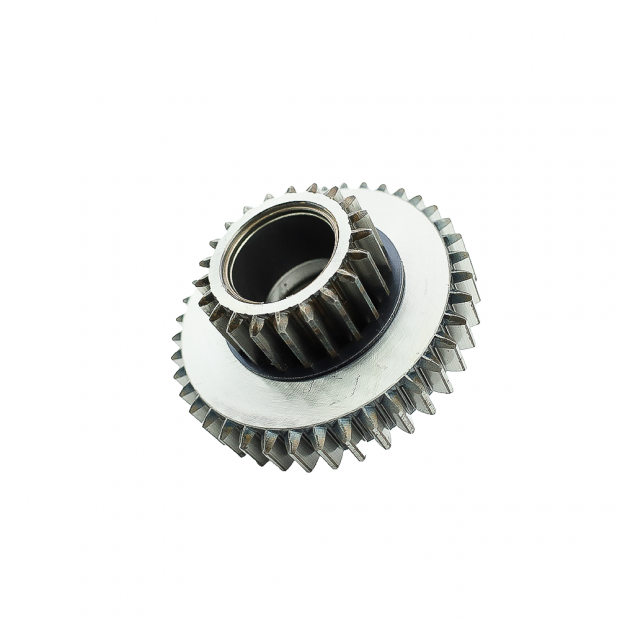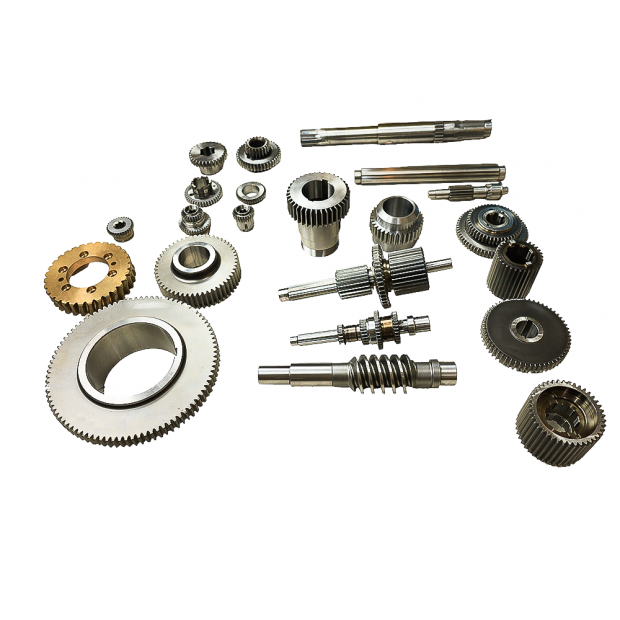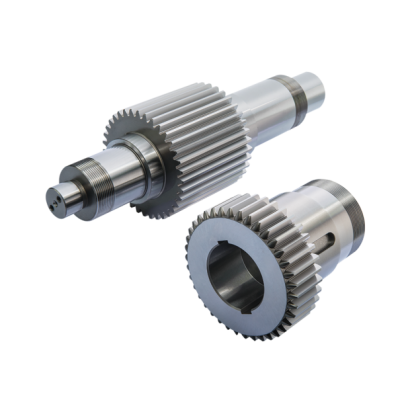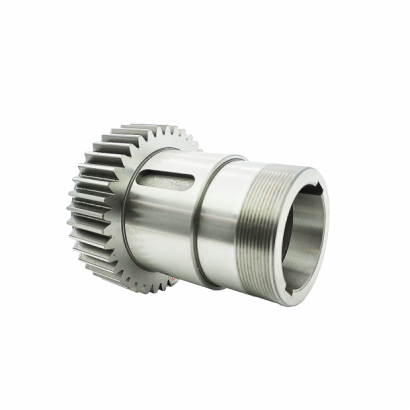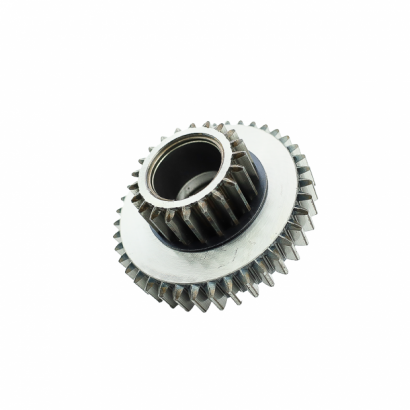-
Speed Reduction: Gears are often used to reduce the speed of a motor's output shaft to a level suitable for the application. This is common in applications where high torque is required, such as in industrial machinery and vehicles.
-
Directional Control: Gears can be used to change the direction of rotation from the motor's output shaft, allowing for versatile control in machinery and equipment.
-
Torque Amplification: In applications requiring high torque at low speeds, gears can be used to amplify the torque output from the motor, enabling efficient operation of heavy-duty equipment and machinery.
-
Precision and Synchronization: Gears are crucial in applications where precise movement and synchronization of multiple components are necessary, such as in robotics, CNC machines, and automated systems.
-
Transmission Systems: Gears play a vital role in transmission systems, where they facilitate the transfer of power between the motor and other components, ensuring smooth and efficient operation of vehicles, aircraft, and various mechanical systems.
The specific type of gear used in conjunction with a motor depends on factors such as the application requirements, desired speed, torque, efficiency, and space constraints. Common types of gears used with motors include spur gears, helical gears, bevel gears, worm gears, and planetary gears, each offering unique advantages depending on the application's needs.

